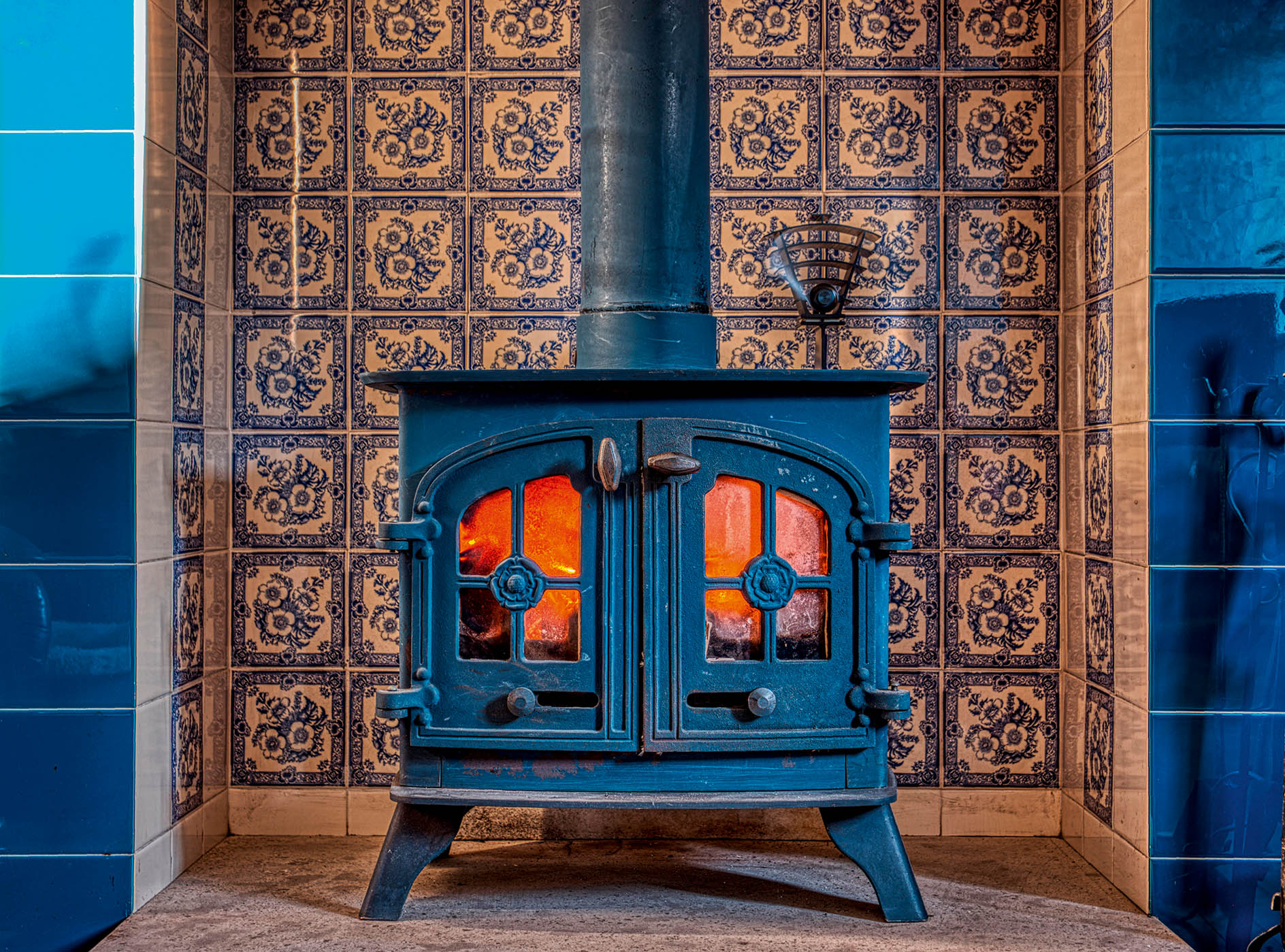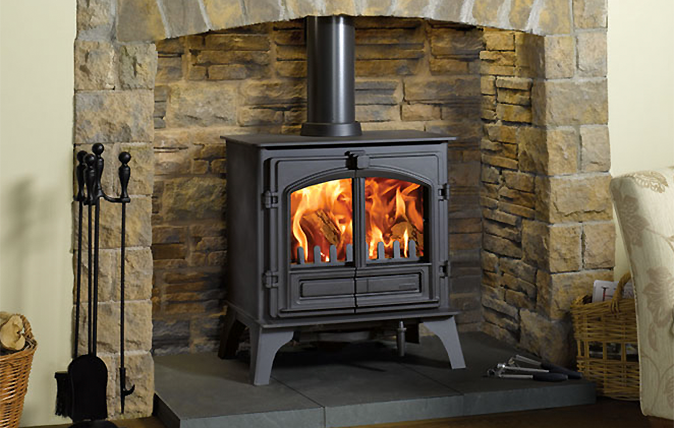What you need to know about the new rules on log burners, wood-burning stoves and open fires
The new guidelines on the use of log burners and open fires have led to all manner of rumour and speculation, from restrictions on use to a nationwide ban. That's not what is set to happen, however; Annunciata Elwes explains the rules.


The changing rules on woodburners and open fires have bred all sorts of misinformation — hot air and smoke, you might say — and even Country Life’s leader article writer of November 17 fell foul of the confusing state of affairs, by writing that ‘in the country, woodburners and fires are being phased out’.
This may have alarmed some readers and we apologise for our error — what should have been said is that old woodburning stoves and open fires may be discouraged and eventually replaced, given the Government’s efforts to clean up our air. But at the moment, what’s most important is using the correct fuel.
‘Burning at home, particularly with traditional house coal or wet wood, is a major source of the pollutant PM2.5 — tiny particles which can enter the bloodstream and lodge in lungs and other organs,’ explains a Defra statement. ‘PM2.5 has been identified by the World Health Organisation as the most serious air pollutant for human health.’
If winter nights are warmed by log burners or open fires, that’s still fine, but new regulations in force since May insist that cleaner, alternative fuels are used — such as dry wood and manufactured solid fuels — which produce less smoke, burn more efficiently and are labelled as ‘ready to burn’. For example, the reduction in emissions using dry wood over wet is up to 50%.
From January 1, 2022, all new woodburners must meet strict Ecodesign efficiency and emissions limits. Furthermore, look out for various levels of clearSkies certification marks, which distinguish solid-fuel stoves that both meet and go beyond Ecodesign requirements.
‘A stove that is compliant with the requirements of Ecodesign will emit up to 90% fewer emissions than an open fire and up to 80% less than a stove that is 10 or more years old, plus they are much more efficient, so there are clear benefits for those households in a position to upgrade,’ explains Erica Malkin of Stove Industry Alliance — a membership organisation representing stove suppliers and makers in the UK.
However, she continues, ‘in homes operating open fires and older stoves, there is no requirement to remove them or stop using them, and the good practice of having your chimney regularly swept, together with using good quality wood fuel (such as ready to burn) is highly recommended’.
Exquisite houses, the beauty of Nature, and how to get the most from your life, straight to your inbox.

Credit: Stovax Riva Plus Large
Country Life Top 10: Stoves – The best log burners and gas stoves you can buy
For cosiness and efficiency, log burners and stoves are the ultimate choice.

Credit: Graham Aktins-Hughes / Renassiance London
Fine fireplace surrounds and accessories to bring extra warmth to your fire
Amelia Thorpe picks some of the finest fireplace surrounds and accessories for your home.
Annunciata is director of contemporary art gallery TIN MAN ART and an award-winning journalist specialising in art, culture and property. Previously, she was Country Life’s News & Property Editor. Before that, she worked at The Sunday Times Travel Magazine, researched for a historical biographer and co-founded a literary, art and music festival in Oxfordshire. Lancashire-born, she lives in Hampshire with a husband, two daughters and a mischievous pug.
